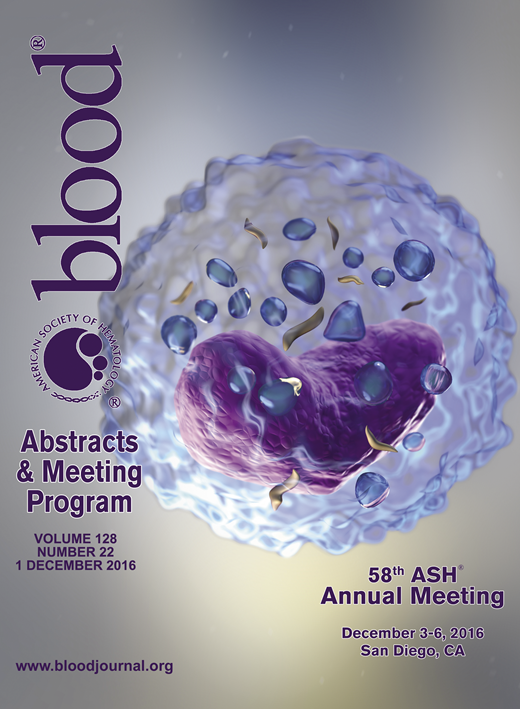Background:T cell Ig and ITIM domain (TIGIT) is an immune checkpoint molecule and a novel member of CD28 family. TIGIT is expressed on NK cells, effector and memory T cells, and Treg cells. Upon ligation with CD155, TIGIT delivers an inhibitory signal and negatively regulates anti-tumor responses. While important in normal T-cell biology, the expression and function of TIGIT in the blood and tumor microenvironment of patients with B-cell non-Hodgkin lymphoma (NHL) is completely unknown.
Goal: To phenotypically and functionally characterize TIGIT+T cell subsets in B-cell NHL and compare expression of TIGIT on intratumoral T cells to normal controls.
Results: In peripheral blood, TIGIT expression was not detected on resting T cells. In contrast, when we analyzed biopsy specimens from B-cell NHL patients, we observed that TIGIT is variably but highly expressed on a subset of intratumoral T cells. A median of 41.1% (range: 24.9-56.1, n=5) of CD4+ or 22.2% (range: 13.4-33.3, n=5) of CD8+ T cells from tumor specimens expressed TIGIT on the cell surface. In normal tonsil tissue, expression level of TIGIT was modest or negligible. A median of 12.0% (range: 9.1-15.8, n=5) of CD4+ or 3.9% (range: 1.3-5.7, n=5) of CD8+ T cells express TIGIT on the cell surface, which is significantly lower than that in B-cell NHL (p=0.005 and p=0.003 for CD4+ and CD8+, respectively). We observed that both CD45RA+ and CD45RA- T cells express TIGIT with the greatest expression on the CD45RA- population in B-cell NHL specimens. Furthermore, we found that TIGIT+ T cells coexpressed other immune checkpoint molecules including PD-1 and TIM-3. Functionally, TIGIT+ T cells displayed reduced cytokine production, as the number of IFN-γ- and IL-2-producing cells was lower in the TIGIT+ population than in TIGIT-T cells. Unlike TIM-3 that is coexpressed with PD-1 and whose expression is upregulated by IL-12, TIGIT expression is not upregulated by IL-12, suggesting that a different mechanism is involved in TIGIT upregulation in B-cell NHL.
Conclusion: Taken together, these results indicated that TIGIT is highly expressed on intratumoral T cells in B-cell NHL and is expressed on a population of T-cells with suppressed immune function. TIGIT, while co-expressed with PD-1 and TIM-3, is not upregulated by cytokines such as IL-12, suggesting that it is regulated by an alternate pathway. Inhibition of TIGIT signaling may be an additional mechanism to prevent T-cell suppression and exhaustion in B-cell NHL.
No relevant conflicts of interest to declare.
Author notes
Asterisk with author names denotes non-ASH members.

